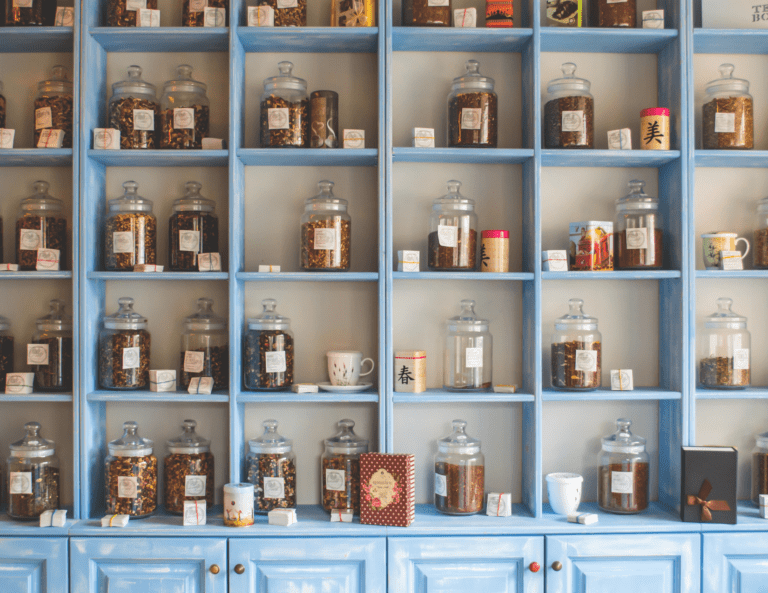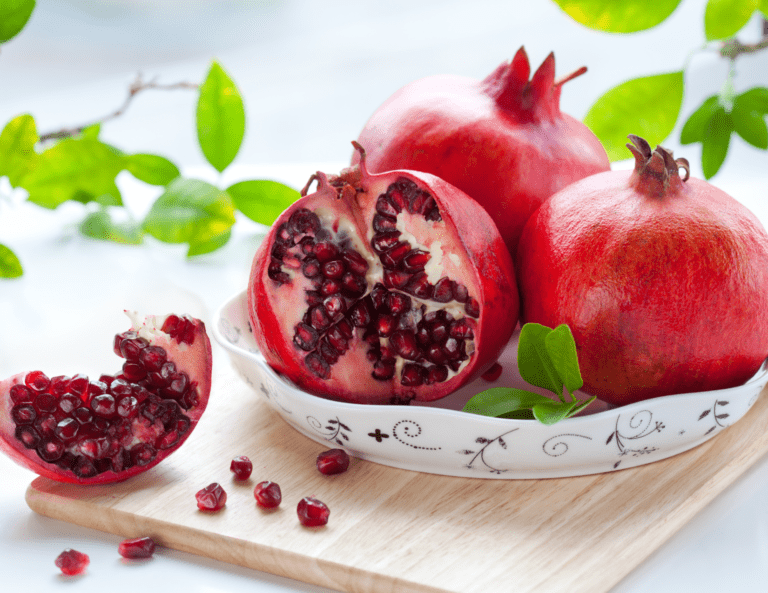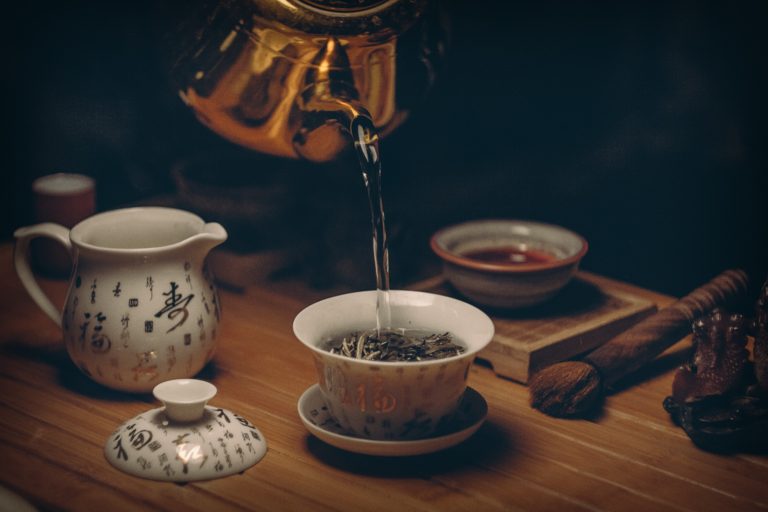Rocky Mountain Spotted Fever (RMSF) is a tick borne disease caused by the bacteria Rickettsia rickettsii – transmitted by American dog ticks, brown dog ticks, and Rocky Mountain wood ticks.
RMSF causes a spotted rash most of the time, in the acute phase of the disease. This unique rash is particularly helpful because RMSF has a fatality rate of 30% when left undetected and untreated.
After the acute phase of the disease, some people go on to develop post-RMSF complications, similar to Post Treatment Lyme Disease Syndrome.
Having such an easy-to-identify rash and high fatality rate has made RMSF one of the better known coinfections.
Chlamydia pneumoniae, on the other hand, is a bacteria that can cause pneumonia. Another strain of Chlamydia, C trachomatis, is a common STI.
Understandably, it might be a bit confusing to see Chlamydia in an article about tick borne illness.
While it isn’t the most well-known phenomenon, Chlamydia can be transmitted by tick bite through the same ticks that carry Lyme Disease.
As a tick borne infection, it can cause similar symptoms to Lyme Disease and Chronic Fatigue Syndrome that only worsen with time.
There is much progress that needs to be made in the realm of tick borne infections in the medical community. Coinfections are rarely tested for, under diagnosed, and poorly understood, and the FDA cleared tests that exist for them are very poor.
Medical students receive very little education on Lyme Disease in all their years of study, and virtually nothing about other tick-borne infections. If you have Lyme Disease and/or a coinfection, you probably know more about the subject than your doctor does, unless you’re seeing a Lyme Literate practitioner.
If your doctor detects your Rocky Mountain Spotted Fever or Chlamydia infection, you’ll be treated with antibiotics.
But what happens next? If you caught the infection in the early stages (which is very unlikely, because knowledge of tick borne coinfections is so poor), you might feel better.
More likely though, you’ll still feel just as sick, because the bacteria will have spread in your body and caused systemic infection, inflammatory cytokine cascades, autoantibodies, organ damage, and buildup of endotoxins that can’t be solved with a short course of antibiotics.
Knowledge of late-stage Lyme Disease and Post Treatment Lyme Disease Syndrome (PTLDS) is just starting to grow, but there is still no FDA cleared or approved treatment for either condition.
As you can imagine, the outlook is even worse with other tick borne infections. Most doctors have rudimentary knowledge of Rocky Mountain Spotted Fever and the different types of Chlamydial infections. Much less are they familiar with residual symptoms after a course of antibiotics. Most likely, your doctor will tell you that your *past* infection isn’t related to your ongoing symptoms. They might refer you to a specialist or two for symptom control, all while the microbes continue to wreak havoc on your body.
To successfully treat your tick-borne Chlamydia or post-RMSF complications, you’ll need to look for a Lyme Literate practitioner. You can find Lyme Literate Physicians, Naturopathic Doctors, Functional Medicine Doctors, and Herbalists in my blog post about finding the right practitioner.
Your other option is to self-treat. Several all-in-one treatment plans exist for Lyme Disease and coinfections, such as Cowden, Byron White, Vital Plan, and BioPure.
My favorite self-treatment option for Lyme and coinfections are the herbal protocols by Stephen Harrod Buhner for several reasons.
Buhner’s books are extremely thorough and scientific. I guarantee you won’t be able to make it through the entire bibliography section at the end of the book, no matter how much you love to research.
He has separate protocols for each tick borne bacterial infection. These protocols include botanicals that have evidence demonstrating their ability to reduce cytokine cascades, modulate the immune system, protect and repair damaged organs, bind and flush endotoxins, and reduce the bacterial load.
Moreover, the herbs he includes have a high success rate for helping Lyme and coinfection sufferers reach remission. Approximately 75% of people recover completely, 10-15% are relieved of most or all symptoms, 5-10% are relieved of some symptoms, while only 5% have no response.
On to the protocols.
*Note: The herbal regimens are designed to be followed until all symptoms resolve. When you have remained symptom-free for a fair amount of time, you have likely reached remission. Testing to monitor progress is not a good approach. You will likely retain antibodies to the bacteria for life, so the only way to differentiate between an active or past infection is whether or not symptoms are present, not by re-testing.
CHLAMYDIA
Most common symptoms:
Commonly respiratory symptoms and/or pneumonia, arthritis (joint pain), conjunctivitis (pink eye), genital infection (trachomatis strain). Chlamydia Pneumoniae has also been linked to Chronic Fatigue Syndrome, like the viruses EBV, CMV, and HHV-6 and can cause similar symptoms.
Where to order labs:
Walk-in-Lab (trachomatis, pneumoniae)
Armin Labs (trachomatis, pneumoniae) *Great option for people in Europe
Note: Under each of the below herbs, I will include links to the prepared tincture, bulk dried, glycerin extract, and powdered versions. Mountain Rose Herbs has the best prices, so whatever Buhner herbs I can find there, I order. For more rare herbs, I order from Herbie’s Herbs. Hawaii Pharm sells a wide range of glycerin extracts.
Prepared tinctures are best for people who have no alcohol sensitivity and have more money to spend on treatment than time to make their own tinctures.
Bulk dried herbs are best for making tinctures or glycerin extracts at home, for people who have limited funds (this is 90% cheaper than purchasing prepared tinctures).
Glycerin extracts are best for people who have alcohol sensitivity but can tolerate trace amounts of alcohol and have more money to spend on treatment than time to make their own extracts.
Powdered herbs are best for people who have severe alcohol sensitivity and cannot tolerate trace amounts in glycerin extracts. The dose for powdered herbs is approximately 2x the dose for tinctures and glycerin extracts, so keep that in mind as you read the below protocol.
THE BUHNER PROTOCOL FOR TICK-BORNE CHLAMYDIA INFECTIONS:
- Antibacterial: Berberine-containing tincture such as Oregon grape, Goldenseal, or Barberry, 1/2 tsp 3-6x daily
Tincture, bulk dried, glycerin extract, powdered - Antibacterial, organ and cellular protection, & immune remodulation: Chinese scullcap and Red sage combined tincture (equal parts each), 1 tsp 3-6x daily depending on the severity of infection
Chinese scullcap: tincture, bulk dried, glycerin extract, powdered
Red sage: tincture, bulk dried, glycerin extract, powdered - Organ and cellular protection & immune remodulation: Cordyceps, Ashwagandha, and Licorice root combined tincture (1 part cordyceps, 1 part ashwagandha, and 1/2 part licorice root), 1 tsp 3-6x daily, depending on the severity of infection; if necessary dosage may be temporarily increased to 2 tsp 3-6x daily
Cordyceps: tincture, bulk dried, glycerin extract, powdered
Ashwagandha: tincture, bulk dried, glycerin extract, powdered
Licorice root: tincture, bulk dried, glycerin extract, powdered - Organ support and protection: Bidens pilosa or other bidens species tincture, 1/2 tsp 3-6x daily
Tincture, bulk dried, glycerin extract, powdered - Vitamin A, 2,000-9,000 IU daily, depending on severity of infection
Dry vitamin A
Beta Carotene Powder
- Optional: Andrographis and Houttuynia combined tincture (equal parts each), 1/2 tsp 3-6x daily *in some cases, andrographis can cause allergic reactions, so monitor carefully when you first begin taking it
Andrographis: tincture, bulk dried, glycerin extract, powdered
Houttuynia: tincture, bulk dried, glycerin extract, powdered
“Note: Take all the suggested tinctures and tincture combinations unless listed as optional. For this organism, this is not a pick-and-choose process, at least if you want to eliminate the infection. This protocol is for all forms of chlamydial infection, irrespective of the area of the body affected. Normally, most chlamydial infections will be eliminated in thirty days.” – Stephen Buhner
ROCKY MOUNTAIN SPOTTED FEVER
Most common symptoms:
Fever (in nearly all cases), headache (in nearly all cases – children tend to get headache less often), rash (appears in 90% of cases – children tend to get the rash earlier than adults), nausea, vomiting, abdominal pain, generalized muscle pain, lack of appetite, and red eyes. RMSF has the highest fatality rate of all tick borne infections – up to 30% when left untreated – and requires immediate antibiotics to reduce this risk, even if test results have not been received yet.
Where to order labs:
Armin Labs (Great option for people in Europe)
Request a Test
IGeneX
Note: Under each of the below herbs, I will include links to the prepared tincture, bulk dried, glycerin extract, and powdered versions. Mountain Rose Herbs has the best prices, so whatever Buhner herbs I can find there, I order. For more rare herbs, I order from Herbie’s Herbs. Hawaii Pharm sells a wide range of glycerin extracts.
Prepared tinctures are best for people who have no alcohol sensitivity and have more money to spend on treatment than time to make their own tinctures.
Bulk dried herbs are best for making tinctures or glycerin extracts at home, for people who have limited funds (this is 90% cheaper than purchasing prepared tinctures).
Glycerin extracts are best for people who have alcohol sensitivity but can tolerate trace amounts of alcohol and have more money to spend on treatment than time to make their own extracts.
Powdered herbs are best for people who have severe alcohol sensitivity and cannot tolerate trace amounts in glycerin extracts. The dose for powdered herbs is approximately 2x the dose for tinctures and glycerin extracts, so keep that in mind as you read the below protocol.
THE BUHNER PROTOCOL FOR POST-ROCKY MOUNTAIN SPOTTED FEVER
- Japanese knotweed (polygonum cuspidatum) tincture, 1 Tbsp 3x daily
Tincture, bulk dried, glycerin extract, powdered - Red sage (salvia miltiorrhiza) tincture, 1 tsp 3x daily
Tincture, bulk dried, glycerin extract, powdered - Chinese scullcap (scutellaria baicalensis) tincture, 1 tsp 3x daily
Tincture, bulk dried, glycerin extract, powdered - Cordyceps tincture, 1 tsp 3x daily
Tincture, bulk dried, glycerin extract, powdered - Milk thistle seed, standardized, 1,200 mg upon rising and again before bed
- NAC (N-Aceytl Cysteine), 650-800 mg 3x daily
- Vitamin D3, 8,000 IU daily
- Vitamin B6, 25-50 mg daily
- B12, 1000 mcg daily
Methylcobalamin
Hydroxy & Adenosyl Cobalamin - Selenium, 60 mcg 2x daily
Docycyline is currently still essential for treating acute RMSF. However, some people do not recover completely, or they experience a relapse of symptoms afterward.
The above protocol should help for those people, as it focuses on protecting endothelial cells, cytokine/immune remodulation, and increasing glutathione levels in the body.
Please don’t hesitate to buy the Healing Lyme Second Edition book (where these protocols come from). You’ll learn SO much information about tick borne disease and integrative herbal treatment, absolutely worth its weight in gold.
This post contains affiliate links. If you choose to purchase a product through one of those links, I will earn a small commission that helps me support my family, at no additional cost to you.
Reference: Stephen Buhner’s Healing Lyme 2nd Edition





Chlamydia is an STD.
It can be sexually transmitted, but that is not the only (or primary) manner of transmission. Actually, Borrelia and all the coinfections can be sexually transmitted. There are so many more routes of transmission than we’ve been led to believe. For more info on Chlamydia, check out Stephen Buhner’s book Healing Lyme 2nd Edition. He has done some incredible in depth-study.
Has anyone been infected by their partner? What about from mother to Child? Is there a chance this won’t transfer if a protocol is done. I’m asking bc it seems like even if your in remission antibodies are still present and i don’t understand how transmission works at this point.
Hi Valery, thanks for asking! There is clinical evidence that transmission of Lyme Disease can happen from mother to baby in utero. This risk goes down substantially if the mother is being treated with non-contraindicated antibiotics throughout her pregnancy. I recommend discussing this with your health practitioner.
If you want to make your own tincture, do have information on how to do it?
Hi Jennifer, yes! Take a look at this post – https://naturally-at-home.com/2019/06/04/how-to-make-an-herbal-tincture/.